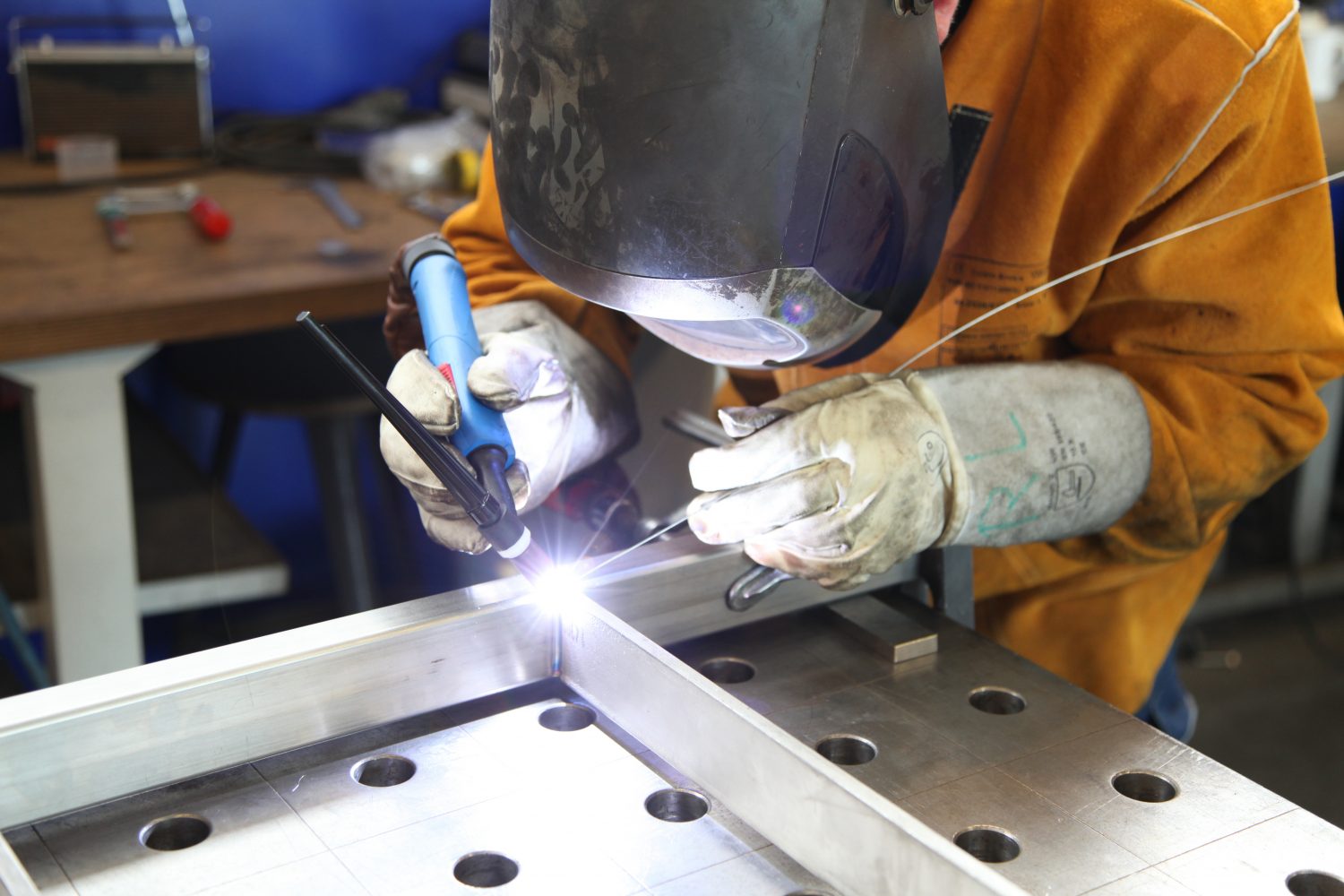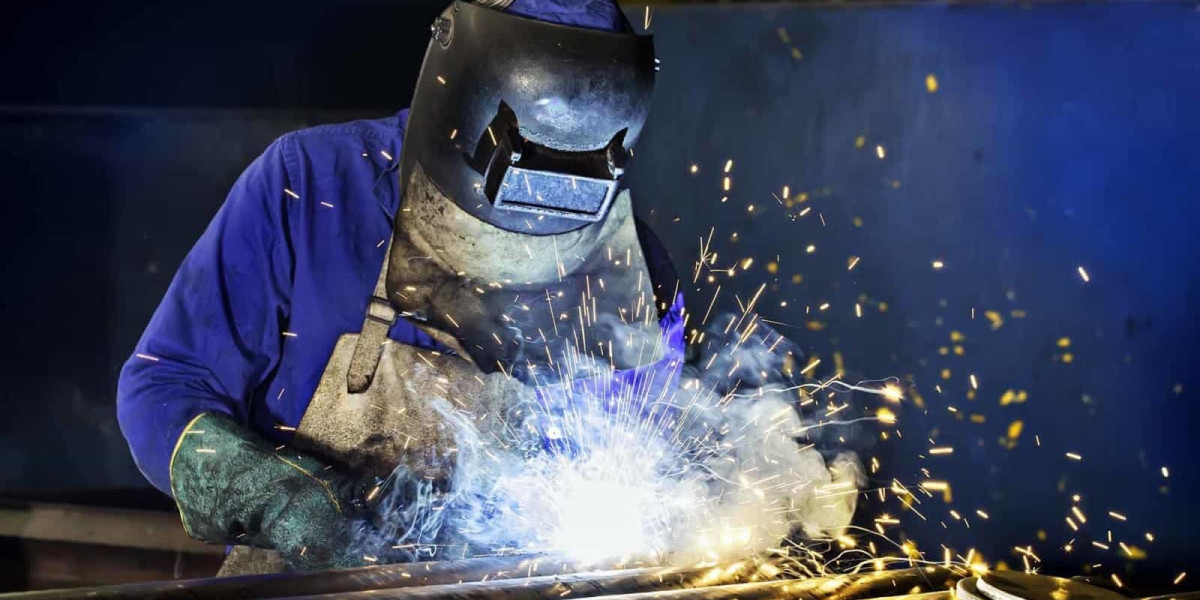Introduction
Mild steel fabrication is a versatile and widely used method in various industries. Its adaptability makes it ideal for constructing structures, creating machinery, and even crafting art. The process involves cutting, bending, and assembling mild steel to create durable and functional products. As the demands of modern construction and manufacturing evolve, so do the techniques used in mild steel fabrication.
The Basics of Mild Steel Fabrication
Before diving into innovative techniques, it's essential to understand what mild steel fabrication entails. Mild steel is a type of carbon steel with a low carbon content, typically around 0.05% to 0.25%. This composition gives it a good balance between strength and ductility, making it easy to work with and weld.
In fabrication, mild steel is cut, bent, and assembled to create various structures and products. Traditional methods like oxy-fuel cutting, manual welding, and press brake bending have been the go-to techniques for decades. However, as technology advances, so do the methods used to manipulate mild steel.
Laser Cutting: Precision and Efficiency
One of the most significant advancements in mild steel fabrication is laser cutting. Unlike traditional cutting methods, laser cutting uses a high-powered laser beam to slice through the steel with precision. This technique allows for intricate designs and detailed cuts that were once impossible or too time-consuming with older methods.
Laser cutting is not only precise but also efficient. It reduces material waste and speeds up the production process, making it an attractive option for large-scale projects. Additionally, laser cutting produces clean edges, minimizing the need for further finishing processes.
CNC Machining: Automating Precision
Computer Numerical Control (CNC) machining has revolutionized mild steel fabrication by automating many of the processes that were once done manually. CNC machines are programmed to perform precise cuts, drills, and shapes on mild steel, allowing for consistent and repeatable results.
With CNC machining, fabricators can produce complex geometries and intricate designs with ease. This level of automation also reduces human error, ensuring that each piece meets exact specifications. CNC machining is especially beneficial for producing large quantities of parts or products that require high precision.
Robotic Welding: Enhancing Speed and Quality
Welding is a crucial part of mild steel fabrication, and advancements in robotic welding have taken this process to the next level. Robotic welding systems use automated arms to perform welds with speed and accuracy that surpasses manual welding.
Robotic welding not only speeds up the production process but also ensures consistent weld quality. These systems can be programmed to perform repetitive tasks, reducing the risk of human error and fatigue. This innovation is particularly valuable in industries where high-quality welds are critical, such as in automotive manufacturing or structural steelwork.

3D Printing: Expanding Possibilities
While 3D printing is often associated with plastics, recent advancements have made it possible to 3D print with metals, including mild steel. This technique, known as additive manufacturing, involves building up layers of material to create a finished product.
3D printing in mild steel fabrication opens up new possibilities for custom and complex designs that would be difficult or impossible to achieve with traditional methods. It allows for rapid prototyping, enabling designers and engineers to test and refine their ideas before committing to full-scale production.
Water Jet Cutting: Versatility and Precision
Water jet cutting is another innovative technique that has gained popularity in mild steel fabrication. This method uses a high-pressure stream of water, often mixed with abrasive materials, to cut through mild steel. Water jet cutting is known for its versatility and precision, as it can cut through various thicknesses of steel without generating heat.
One of the main advantages of water jet cutting is that it doesn't alter the properties of the steel, such as its hardness or temper, which can happen with heat-based cutting methods. This makes it an excellent choice for applications where maintaining the integrity of the steel is crucial.
Plasma Cutting: Fast and Effective
Plasma cutting is a well-established technique in mild steel fabrication that continues to evolve. It involves using an electrically conductive gas, like oxygen or nitrogen, to create a high-temperature plasma arc that melts through the steel. The molten metal is then blown away, leaving a clean cut.
Plasma cutting is fast and effective, making it ideal for cutting thicker sheets of mild steel. Advances in plasma cutting technology have improved the precision and quality of cuts, making it a reliable option for various fabrication needs.
Bending and Forming: Advanced Techniques
Bending and forming are essential processes in mild steel fabrication, and recent innovations have enhanced these techniques. Modern press brakes and roll benders now come equipped with advanced controls and sensors, allowing for precise bending and shaping of mild steel.
These machines can handle complex bends and forms with high accuracy, reducing the need for manual adjustments. This level of control is particularly beneficial in producing components that require tight tolerances and consistent quality.
Surface Finishing: Enhancing Durability and Appearance
Surface finishing is the final step in mild steel fabrication, and it plays a crucial role in enhancing the durability and appearance of the finished product. Techniques like powder coating, galvanizing, and anodizing have become increasingly popular in providing protective coatings that resist corrosion and wear.
These finishes not only protect the mild steel from environmental factors but also improve its aesthetic appeal. With advancements in surface finishing techniques, fabricators can now offer a wide range of finishes to meet the specific needs and preferences of their clients.
Conclusion
Mild steel fabrication has come a long way from its traditional roots. The innovative techniques discussed in this blog have revolutionized the industry, making it possible to achieve greater precision, efficiency, and quality in fabrication projects. From laser cutting and CNC machining to robotic welding and 3D printing, these advancements have expanded the possibilities of what can be created with mild steel.
As technology continues to evolve, the future of Mild Steel Fabrication in Delhi NCR looks promising. These innovative techniques not only improve the production process but also open up new avenues for creativity and design. Whether it's constructing a building, manufacturing machinery, or crafting art, the possibilities with mild steel fabrication are endless.


